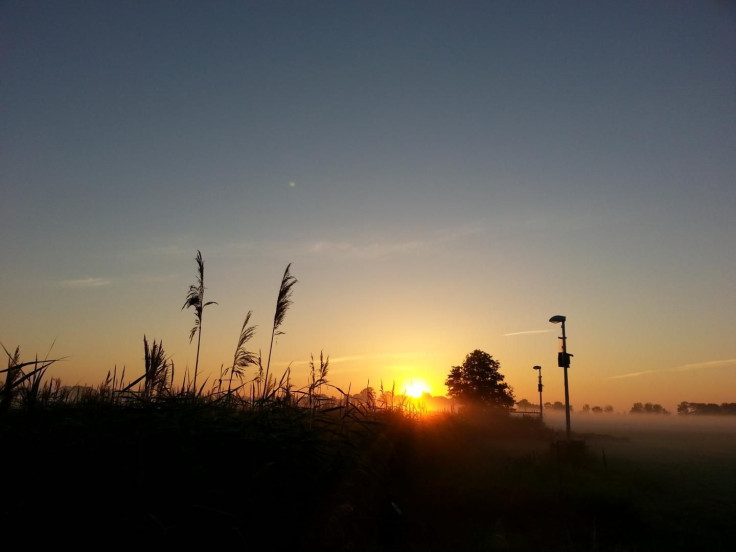Excessive Light Pollution Causing Insect Populations To Decline: Study

A study looking into the potential cause of insect population decline in Germany revealed excessive light pollution was affecting the tiny bugs.
Back in 2017, a group of researchers analyzed the population of flying insects in areas within select agricultural landscapes. But, as it is impossible to count each insect in the neighborhood individually, they looked at the biomass trend for a 27-year-long period.
The findings of the study painted a shocking picture, revealing the biomass of insects has plummeted by more than 75 percent over this period. On the basis of this, the researchers concluded climate change and loss of habitat due to pesticides and change in land use patterns are the driving factors behind this fall. But, they added, this alone doesn’t explain such a sharp decline.
This prompted scientists at the Leibniz-Institute of Freshwater Ecology and Inland Fisheries (IGB), Berlin, to look into the case. Many studies in the past have suggested artificial light at night might have a negative impact on insects, so the team decided to look into the aspect.
"Half of all insect species are nocturnal. As such, they depend on darkness and natural light from the moon and stars for orientation and movement or to escape from predators, and to go about their nightly tasks of seeking food and reproducing,” Maja Grubisic, who led the latest study, said in a statement. “An artificially lit night disturbs this natural behavior — and has a negative impact on their chances of survival".
The group explored agricultural areas that were studied in 2017 and found the places have extremely high levels of light pollution. This, combined with a thorough analysis of studies suggesting a link between artificial light and nocturnal insects, led them to posit the massive population decline noted in last year’s study was also due to light pollution.
They added flying insects have a tendency to be attracted towards artificial lighting, which can force them to move out of natural ecosystems. As a result, the bugs become more prone to death due to exhaustion or vulnerable to fall into the hands of other predators. The attraction of light even prevents flying insects from spreading, which can stop their evolution against environmental influences, something that’s particularly common in regions around farmed lands.
The effect of such a decline goes way beyond what one can imagine. As the researchers described, along with affecting the diversity of flying insects on Earth, excessive light pollution can even affect a well-tuned ecosystem. For instance, when there will be lesser moths, beetles, and flies in the neighborhood, the process of pollination will be disrupted in planets. In a more direct effect, light could even jeopardize the growth and flowering time of plants, affecting their yield.
"Our overview study shows that artificial light at night is widely present and can have complex impacts in agricultural areas, with unknown consequences for biodiversity and crop production,” study co-author Franz Hoelker said in the statement. “Thus, light pollution should be generally considered as a potential ecosystem disturbance in future studies to identify ways in which practical steps can be taken to reduce environmental concerns"
The study titled, “Insect declines and agroecosystems: does light pollution matter?”, was published June 11 in the journal Annals of Applied Biology.
© Copyright IBTimes 2024. All rights reserved.




















